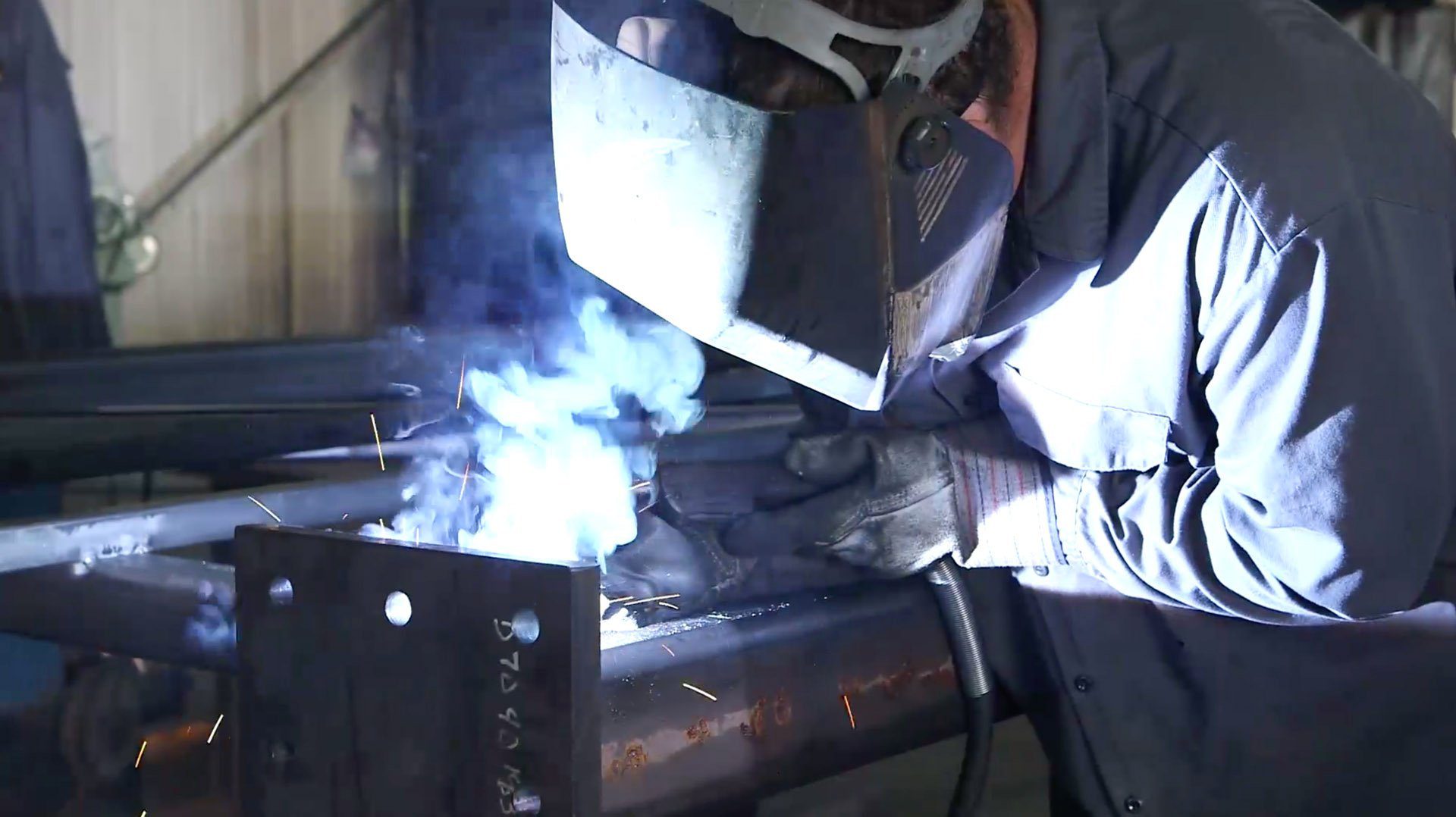Different Welding Methods and Where They Are Best Used
Welding is a fundamental need for many industries. Fusing and manipulating metal into shapes and products requires a skilled professional who has learned their craft from the beginning as an apprentice to a master. Attention to detail is what makes a great welder, and great welding is highly valued among many manufacturing shops. As automation continues to flood skilled trades industries, welding remains a skill that cannot be completely robotic. Educated welders will always be in high demand.

Stick/Arc welding (SMAW)
Stick welding is also known as Shielded Metal Arc Welding (SMAW). In this method of welding, the welder follows a manual process with a stick, using an electric current to form an arc between the stick and the metals to be joined. This method is often used in the construction of steel structures and industrial fabrication to weld iron and steel. The welder using this method must be skilled enough for the welded metal to pass a destructive bend test. This method is fairly easy to learn, but has a long learning curve to become a master. Stick welding also doesn’t create the most beautiful finished product, so is best left to welds that are not visible in the finished product. This method is excellent for equipment repairs, as it can work on rusted, painted, and dirty surfaces alike.
Metal Inert Gas (MIG) welding or GMAW
Gas Metal Arc Welding (GMAW) is also referred to as MIG (Metal Inert Gas) welding. This type of welding method uses a shielding gas along the wire electrode which then heats the two metals to be joined. This method requires a constant voltage with direct-current power sources and is the most common industrial welding process used. This method works really well for welding thick metal plates into horizontal positions.
Tungsten Inert Gas (TIG) Welding (GTAW)
Gas Tungsten Arc Welding (GTAW), also known as TIG (Tungsten Inert Gas) welding is primarily used for welding together thick sections of stainless steel or non-ferrous metals. It is another arc welding process that uses a fixed consumable tungsten electrode to produce the weld, yet the process is much more time consuming than stick or MIG welding. When using this method, the composition of the base metal is very important, as the percentage of chromium will impact the melting temperature. This type of welding can be done with no filler metals. Because of the constant flow of gas needed, this method is best performed indoors away from the elements. TIG welding produces beautiful welds, but is difficult to master and requires an experienced, very skilled welder.
Flux-Cored Arc Welding
Flux-Cored Arc Welding (FCAW) was developed as an alternative to shield welding. This method has high speed and portability, making it the most often used method in construction projects. It has applications in a variety of welding projects and has a great deal of flexibility in the angles, voltage, polarity, and speed. This type of welding is best done outside or under ventilation hoods, as it does produce a good amount of smoke and fumes during the process.
No matter the type of welding used for your custom metal fabrication project, it is important to have a skilled welder who understands the intricacies of each method and the metals with which they are working. A quality structural steel fabrication shop will have a strong team of welders who pride themselves on their craft and can recommend the best type of welding for every project. Welding is an intricate component of the global economy, and although widely used and needed, highly skilled welders are not an abundant resource. Swanton Welding Company stands as an industry leader on their rich history, business reputation, and highly skilled workforce. If you’re putting together drawings for your next fabrication project and you’re looking for a fabrication shop to partner with, contact us for a quote today.

